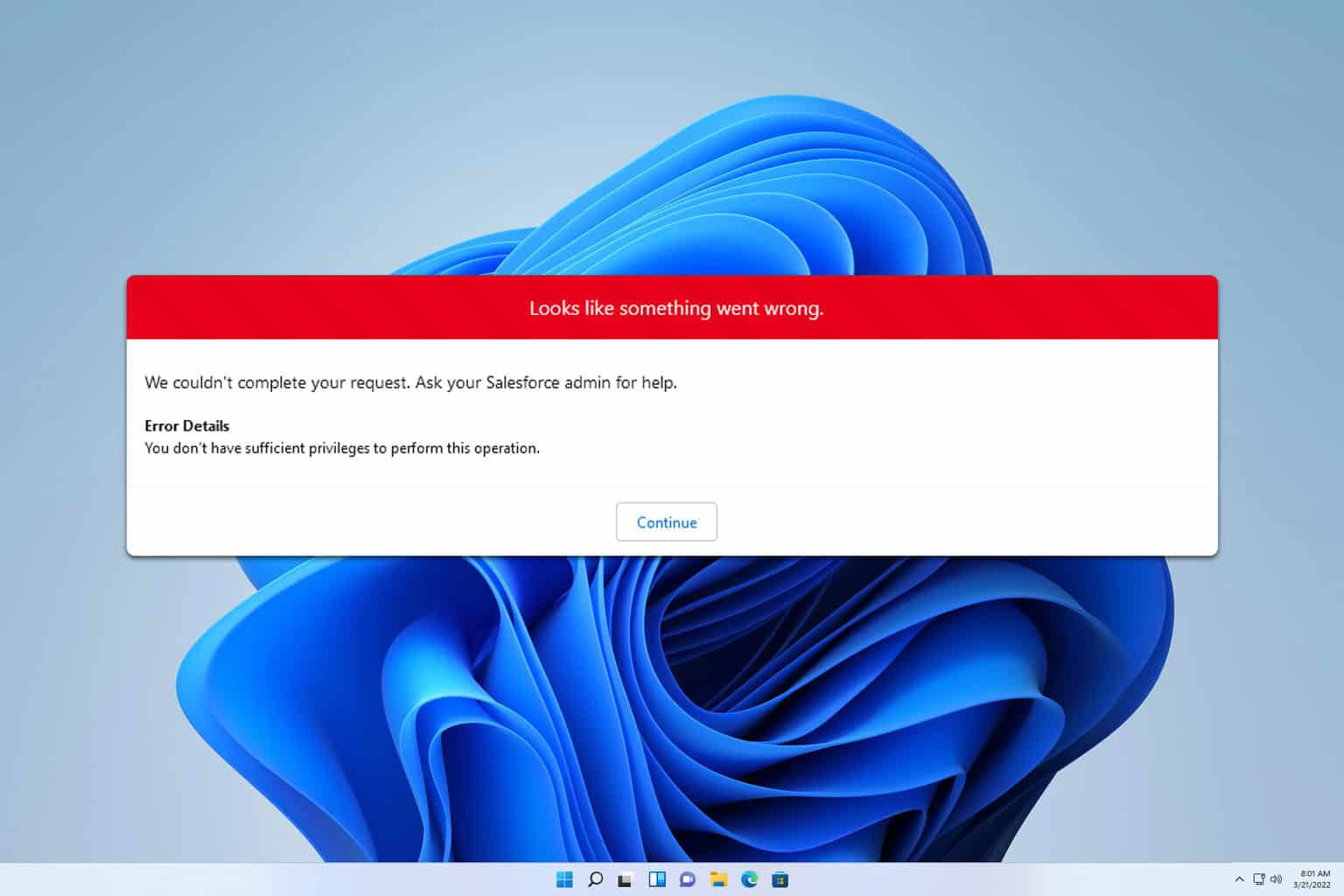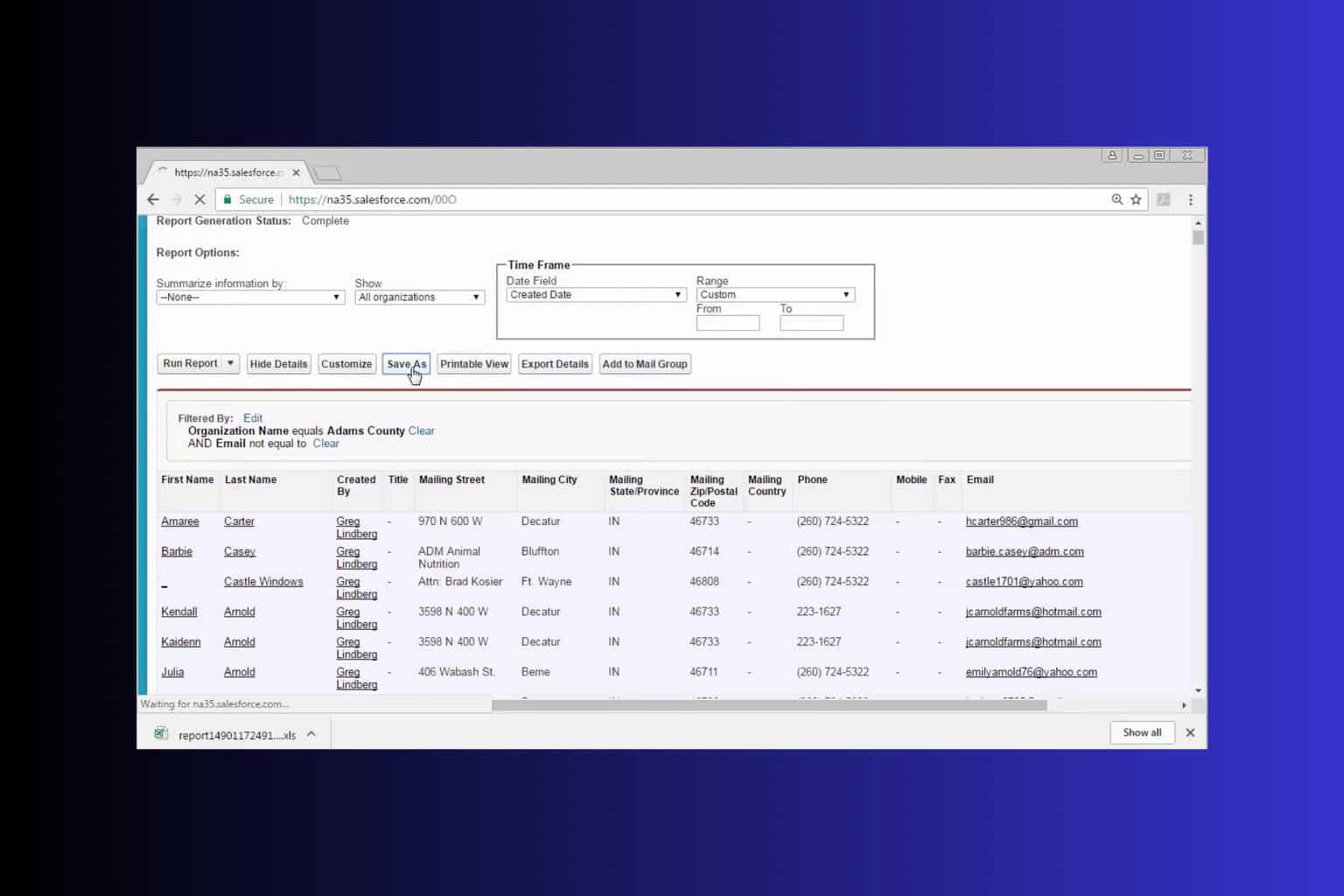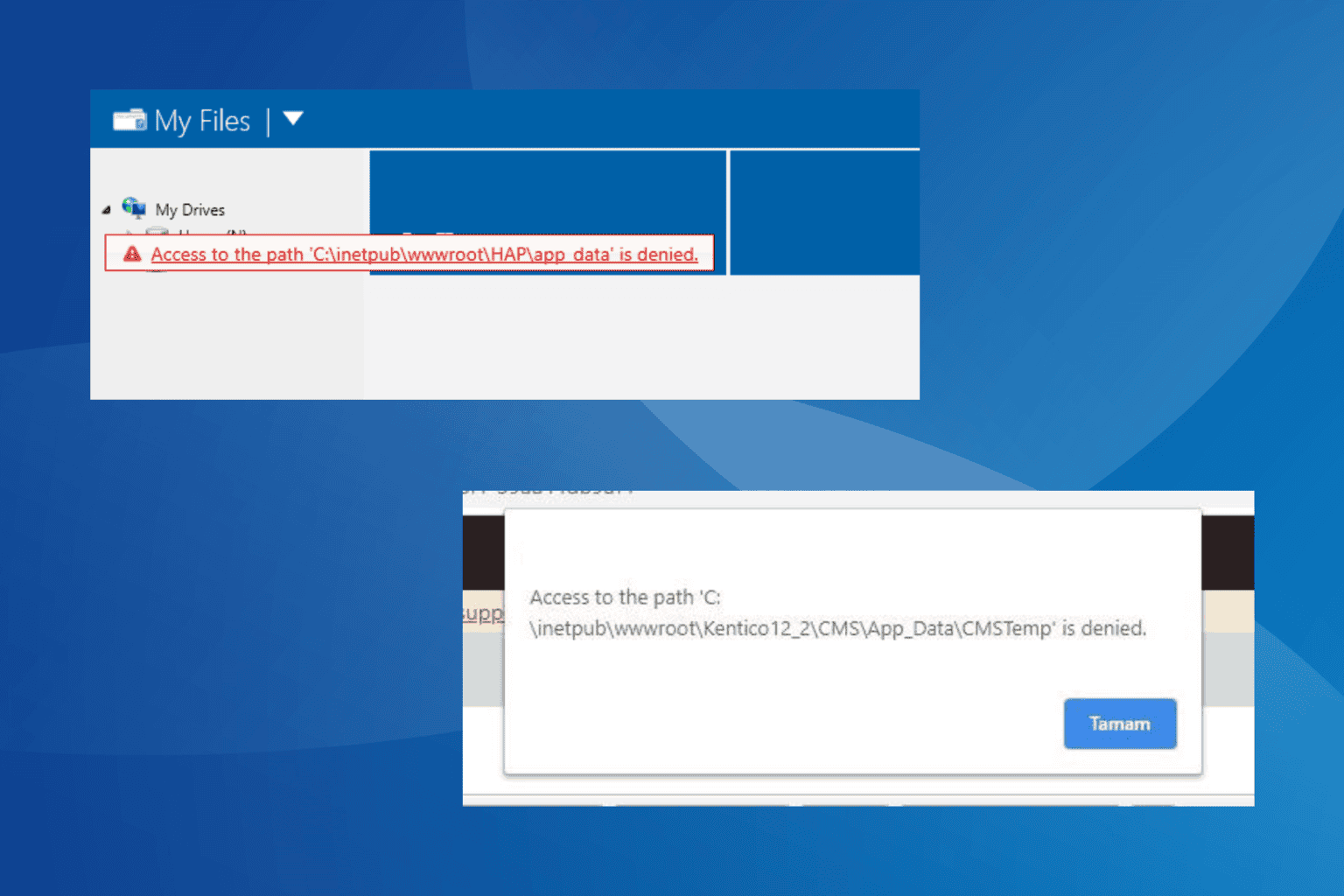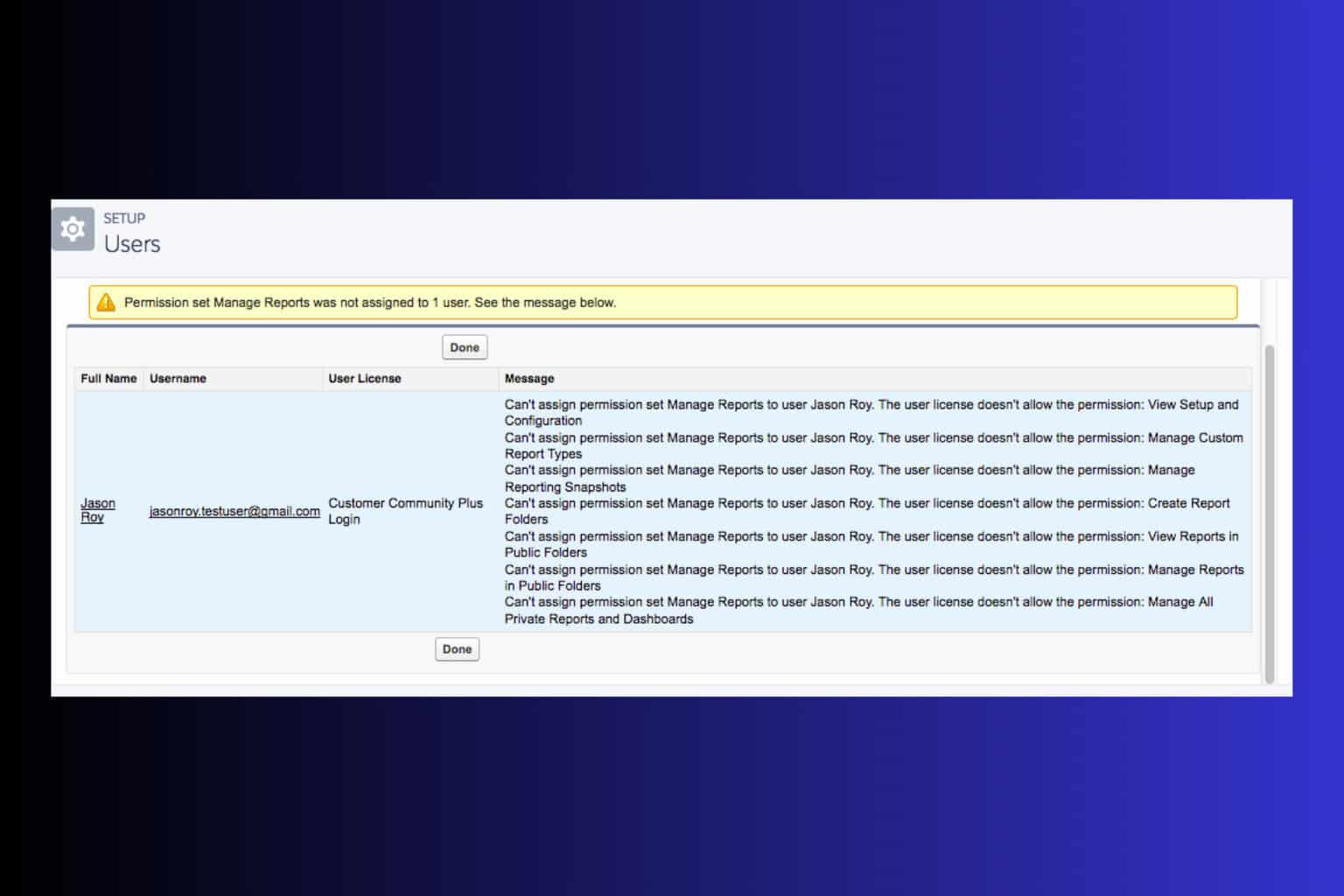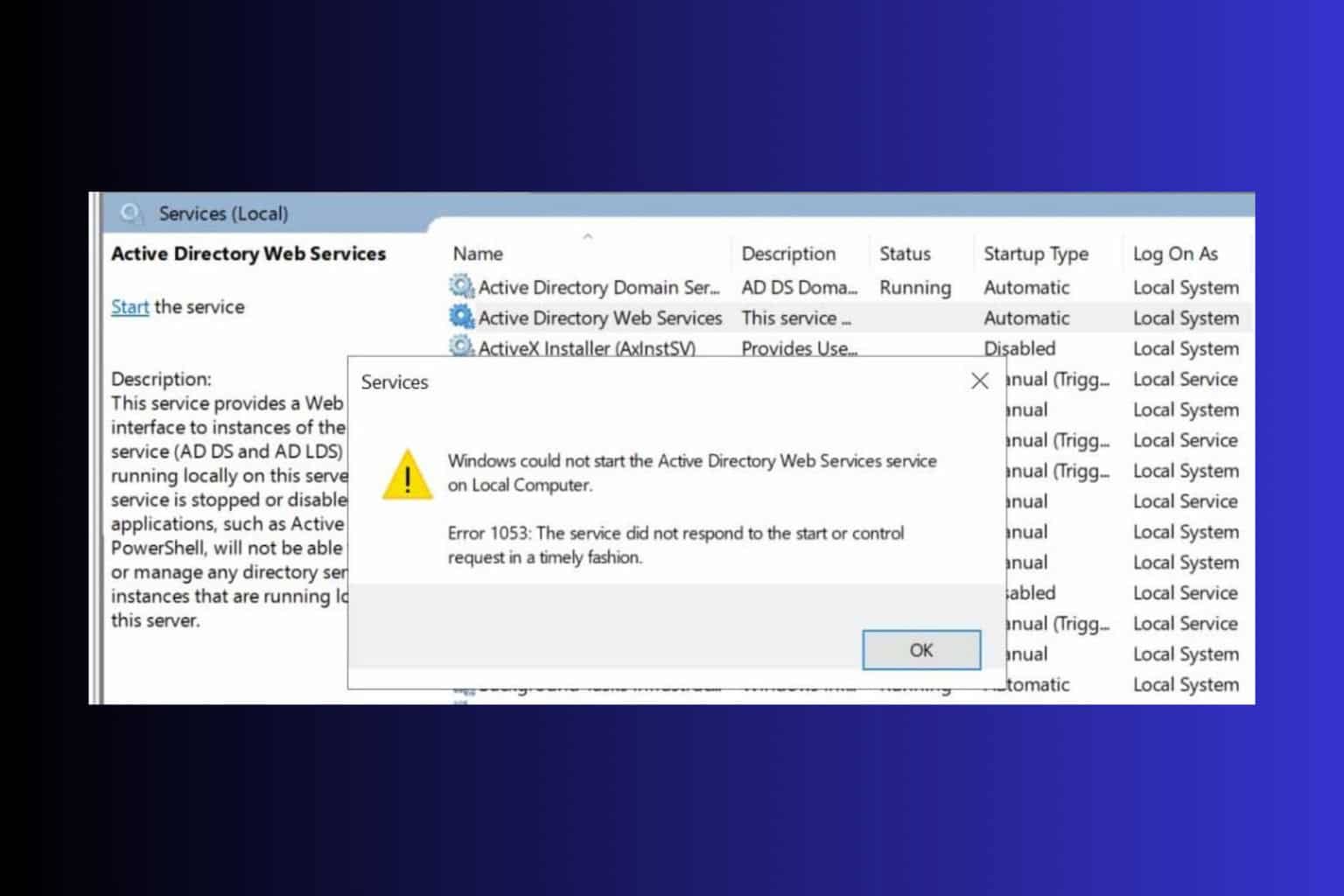Here's how to fix high CPU usage by SQL server
2 min. read
Updated on
Read our disclosure page to find out how can you help Windows Report sustain the editorial team Read more

When your SQL server skyrockets in regards to CPU usage, chances are you’ll be able to find out what’s happening rather simply. If the server restart isn’t an option at the time being, the steps below should help you easier determine what’s causing high CPU usage.
If you’re unable to find your way around on your own, consider contacting your server administrator.
How to reduce high CPU usage by SQL server
The second thing you need to do is examine the ring buffers to get the historical data. Since SQL stores all historical data, you can query for a report about the recent activity. This way, we can find out what’s causing enormous CPU spikes.
The next step is to determine which exact inside process is consuming data. Common reasons for high CPU activity on a SQL server are System tasks, Excessive Compilation/Recompilation of queries, or Query executing.
Now you’ll need to check all currently executing queries on your server. Once you’ve got the list of all available queries, it’s rather simple to determine which exact query execution is causing the error.
The best way to do all this is with the SQL Server 2005 Performance Dashboard Reports utility. It provides you with both numerical and graphical feedback.
Of course, it’s important to check other system services and determine that SQL perfmon is causing the problem. With that said, we can conclude this article.
If you’re unable to resolve the problem, consider posting on a variety of dedicated forums where professionals and tech-savvy users can help you.
RELATED STORIES YOU SHOULD CHECK OUT:

